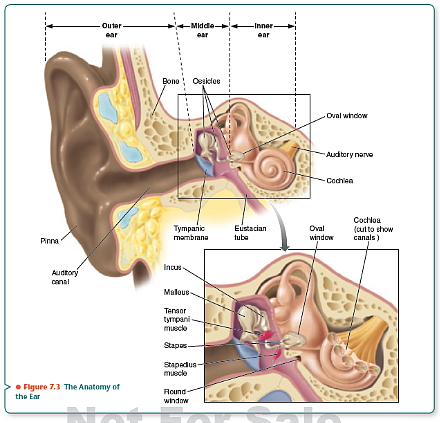
One of the many illustrations in my new edition of Behavioral Neuroscience – and Introduction to Biological Psychology… available JANUARY 2015 through CENGAGE.
Here is what we are reading today:
“Clinicians and researchers have known for decades that gender shapes the kinds of risks and protections people are exposed to in everyday life, causing men and women to experience different types of health problems. The study by medical sociologist Brea Perry is unique because it adds the genetic dimension.
“It is likely that gene-environment interactions may operate differently for men and women, perhaps because they experience some aspects of the social world in divergent ways,” Perry said.”
“In 2011, research published in the journal Cell by EPFL’s Laboratory of Neuroenergetics and Cellular Dynamics in collaboration with a U.S. team unveiled the critical role of lactate. “In vivo, when the transfer of lactate from astrocytes to neurons is blocked, we found that the memorization process was also blocked,” explains EPFL professor Pierre Magistretti, head of the lab. “We thus knew that it was an essential fuel for that process.””
““We wanted to understand how children acquire new knowledge, and determine why some children learn to retrieve facts from memory better than others,” said Vinod Menon, PhD, the Rachael L. and Walter F. Nichols, MD, Professor and professor of psychiatry and behavioral sciences, and the senior author of the study. “This work provides insight into the dynamic changes that occur over the course of cognitive development in each child.””
“Dr Katie Lunnon, first author on the study, from the University of Exeter Medical School, added: “It’s intriguing that we find changes specifically in the regions of the brain involved in Alzheimer’s disease. Future studies will focus on isolating different cell-types from the brain to see whether these changes are neuron-specific.””
“Bats demonstrate remarkable skill in tracking targets such as bugs through the trees in the dark of night. James Simmons, professor of neuroscience at Brown University, the review paper’s author, has long sought to explain how they do that.”
“Our brains have an emotional-regulation network that exists to govern emotions and influence decision-making,” explained the study’s lead author, Sam Dewitt. “Antisocial or risk-seeking behavior may be associated with an imbalance in this network.””
Fish gotta school, birds gotta flock, and robots, it seems, gotta swarm. At least, that’s what they’re doing on the workbench of Harvard University computer scientists Michael Rubenstein and Radhika Nagpal and Massachusetts Institute of Technology computer scientist Alejandro Cornejo. Each of their 1024 robots, called Kilobots, is a three-legged disk the size of a U.S. quarter, sporting a single curl of metallic hair. En masse, they form a mechanical multitude an order of magnitude larger than any robot swarm ever built—a possible precursor to future robot work squads choreographed for chores such as cleaning up oil spills.
“But Martin Blaser, a microbiologist at New York University in New York City, suspected that the microbiome’s development has a bigger impact on metabolism later in life. Studies with livestock such as pigs and chickens showed that low doses of antibiotics administered when animals are young caused them to grow faster and increased the amount of fat they gained. Blaser and colleagues wanted to determine if the metabolic changes are driven by how the antibiotics altered the animal’s microbiome, and they turned to mice to investigate the link.”


1 Comment
cmc4 · October 12, 2014 at 10:58 pm
I read the article “How Children Memorize,” and I found it profoundly interesting. It definitely gave me a better idea of how and when children are able to start retaining information and storing memories in their brains. I think it is important to understand these things not only for teachers, but also for parents. The article stated that children of about 8.2 to 9.4 years of age often started to rely more on memory and less on tools. On occasion, I try to remember back as far as I can. Sometimes it is difficult for me to decipher between what I have created in my head from pictures and home movies versus what I am actually remembering from that age. However, this article helped me to realize which memories might be of the actual moments in time, seeing as it is hard to pinpoint when one actually started storing information. This was a very interesting article.